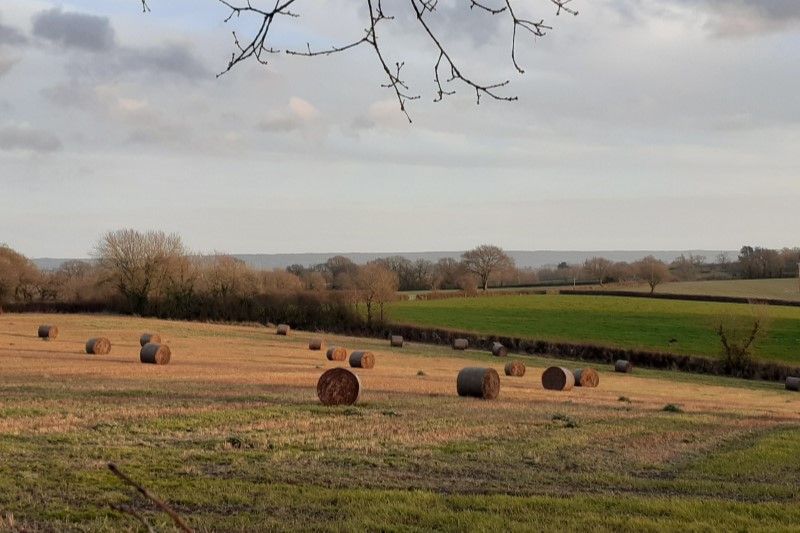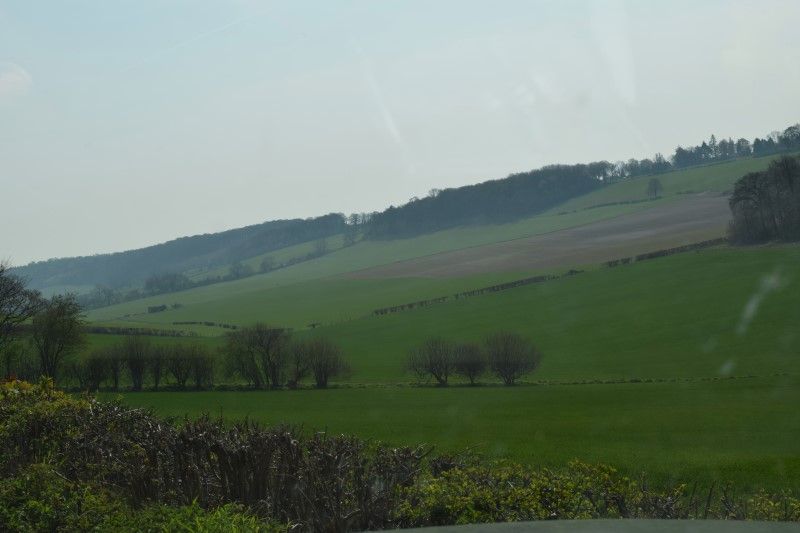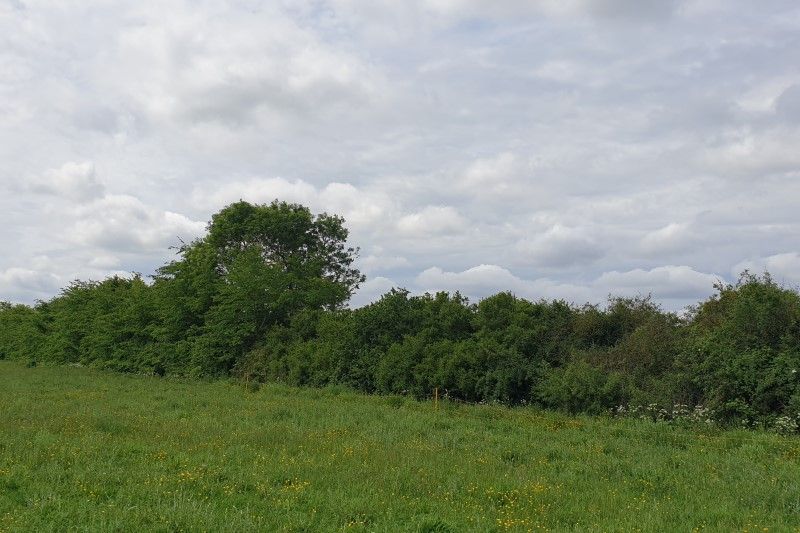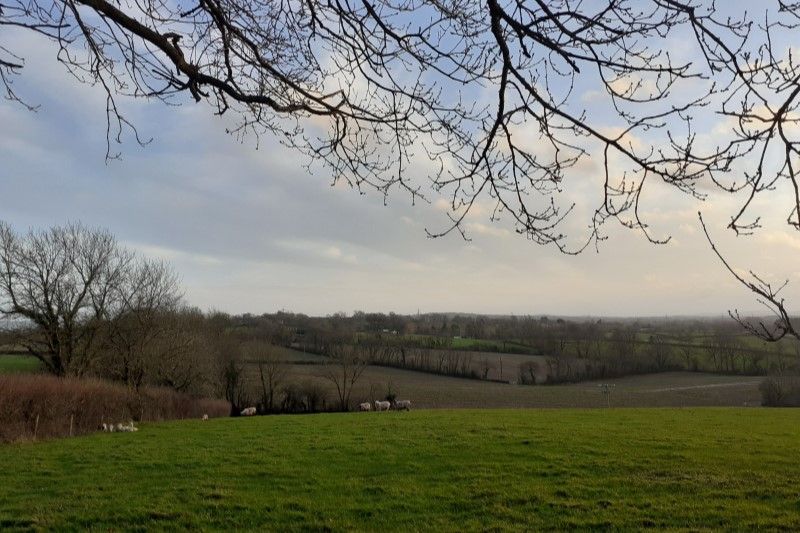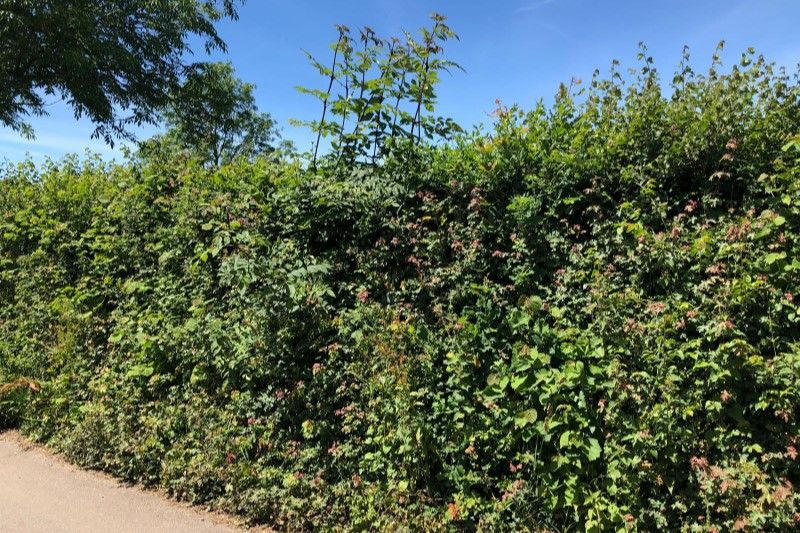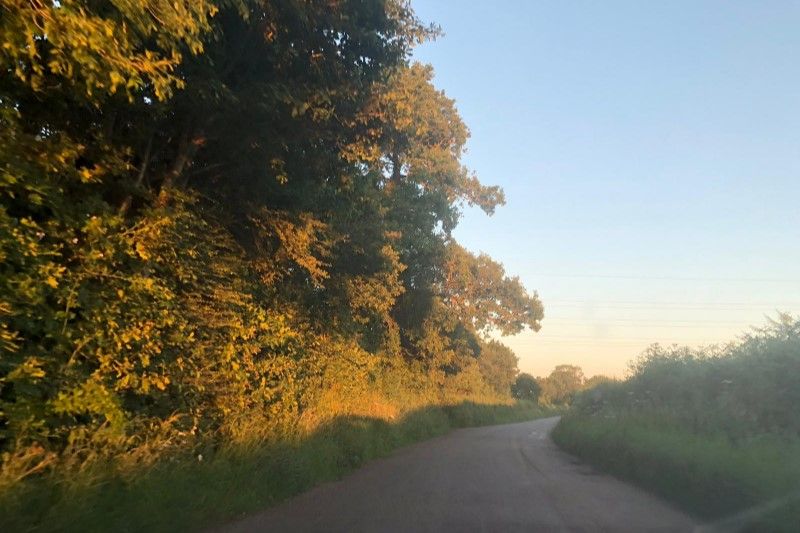Hedgerow management at the individual level is underpinned by the hedgerow management lifecycle (developed based on work by Nigel Adams): recognising the fact that hedges are living and dynamic entities. The next step in the journey of hedge management is to consider the wider landscape context. Developing a hedgerow management plan raises many questions. Which hedges should be prioritised for rejuvenation such as coppicing or laying? At the wider landscape level, where are the best locations to establish new hedgerow trees?
The resource needs of wildlife are complex and there’s no one correct way of making landscape-level management decisions. Initially it can seem an overwhelming task, so we consider here a few suggestions for breaking it down to a more manageable level.
Create a rejuvenation plan
Without rejuvenation hedgerows are eventually lost. This happens either through the transition of a hedgerow into a line of trees or, through the loss of the main woody stems which can arise as a result of over-management. Before routine management such as the timing of hedgerow cutting can be considered, it’s vital to prevent the loss of hedgerows by preparing a rejuvenation plan.
Prioritise healthy hedges
A starting point is to protect hedges that are already in good health (H5-H7 structures in the hedgerow lifecycle). This way, hedgerow habitat that’s in good condition doesn’t deteriorate in quality and its ability to support wildlife is maintained. Even if no healthy hedges need imminent rejuvenation (i.e. they aren’t starting to lose vegetation density at the base), it’s helpful to plan for their rejuvenation over the coming years. This way a situation where all healthy hedges need rejuvenation at the same time is avoided. Should this situation arise, rejuvenation can then be prioritised according to the importance of the hedge in the wider landscape. Some may connect up remnant patches of woodland for example.
Another consideration when planning a long-term rejuvenation timetable is that it’s best not to rejuvenate more than 5% of the length of the hedgerow network per year. This avoids removing too much of the wildlife food resource in any one go (albeit temporarily). People’s Trust for Endangered Species Healthy Hedgerows survey can also help in the planning process by providing a snapshot view of hedgerow health and the position of each hedge survey in the lifecycle.
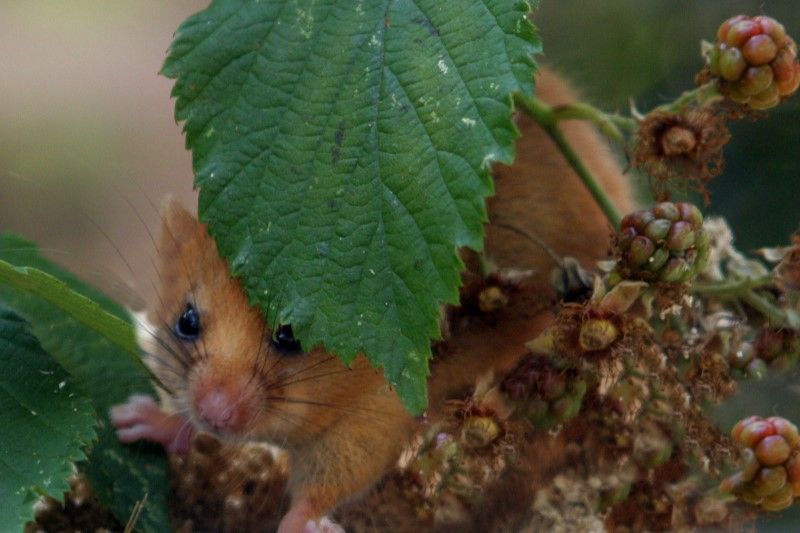
Over- and under-managed hedges
Once a healthy hedge rejuvenation timeline’s established, under-managed (H8-H9 structural stages) and over-managed (H1-H3 structural stages) hedges can be considered and incorporated into the long-term plan. Priorities might include under-manged hedge structures that without imminent coppicing or laying would turn into a line of trees. As with healthy hedge structures, a second layer of prioritisation might focus on rejuvenating those hedges that act as important connectivity corridors before those that don’t. It’s also worth considering that some H3 hedges can be brought back to the healthy hedge lifecycle through incrementally cutting high and wider if they’ve not become too ‘leggy’ at the base. They might as a result be further down the list of priorities for rejuvenation.
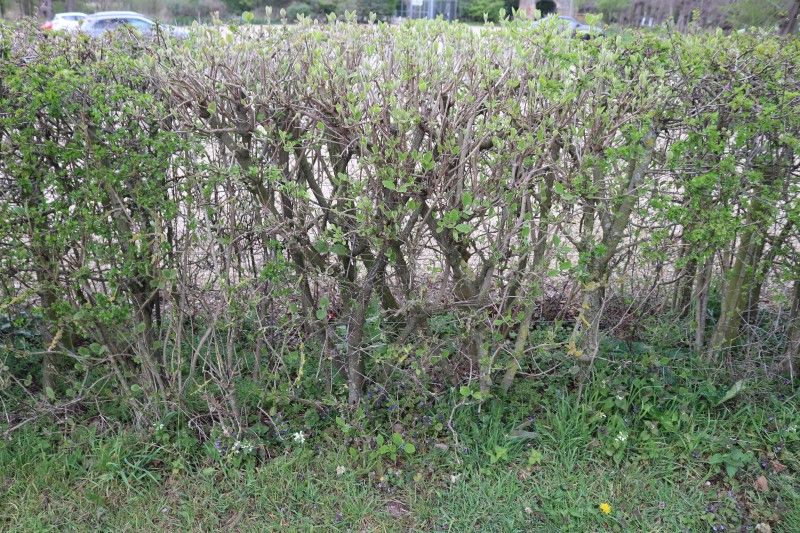
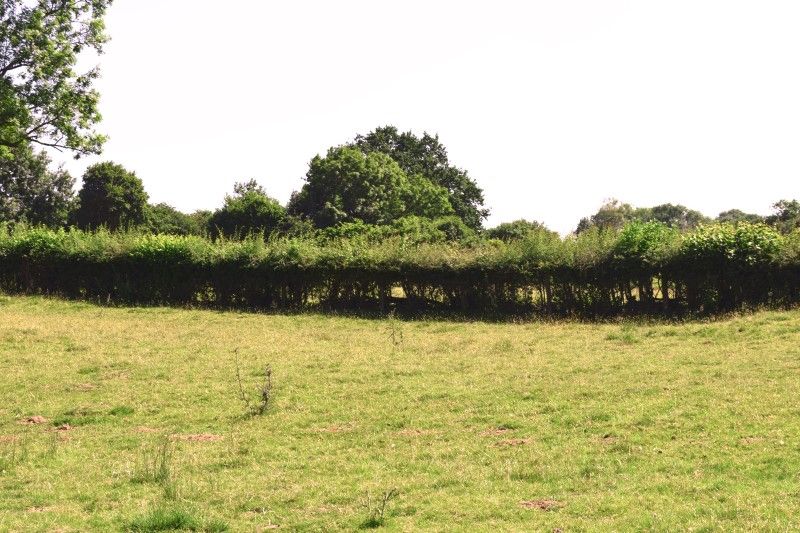
Incorporate the establishment of hedge trees into the rejuvenation planning process
Rejuvenating hedges provides the perfect opportunity for establishing new isolated hedge trees as competition for light is reduced. Suitable woody stems already present in the hedge can be tagged and not included in the rejuvenation process, allowed instead to grow into mature hedgerow trees.
Tree establishment in the hedge network can also be considered at a landscape level. For example, hedges connecting up two patches of woodland might be suitable candidates for establishing a high density of hedge trees (5 isolated trees for every 100m of hedge for example). Hedges in landscapes that have traditionally been more open might benefit instead from having isolated hedge trees spaced more sparsely along the hedge, so as not to disadvantage wildlife that nest in open landscapes, like skylarks.
Routine hedgerow management
The final piece of the hedgerow management puzzle, is to prepare the annual routine hedgerow management plan. It is useful to do this as a final stage as it will be greatly influenced by the rejuvenation plan and the position of different hedges in the lifecycle. Newly rejuvenated hedges for example, will benefit from light annual trimming for the first few years to encourage dense vegetation growth. Over-trimmed hedges that will be rejuvenated in a few years’ time may need to be ‘let-up’ to reach a height that is suitable for laying.
Routine management can again take into account the landscape context. If all healthy hedges are neat H5 structures for example, hedgerow structural diversity could be increased by entering some of these hedges into ‘non-intervention’ periods. This involves letting them grow out for a number of years without cutting (H7 structures are more representative of hedges under ‘non-intervention’). Hedges adjacent to newly rejuvenated hedges could be left uncut for that year to partially compensate the temporary loss of resources from the rejuvenated hedge.
The suggestions here are just a starting point when it comes to creating a hedgerow management plan. They serve to spark some initial thoughts when taking hedgerow management for wildlife up a scale: from the individual to the landscape level. This is the only way to provide the structural complexity and variability in the landscape that is needed by the many species that call the hedgerow network home.
Over the next few months we will be working in collaboration with the Norfolk Wildlife Trust to develop a blueprint for creating hedgerow management plans. We will also put together case studies of land managers and farmers developing landscape-level plans. This is a work in progress so please watch this space.
Header image credit Megan Gimber.

